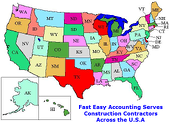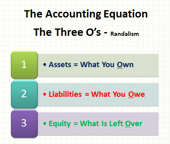As a construction accountant, I've seen it time and again: a small construction company can look wildly successful on paper, reporting healthy profits year after year, yet consistently struggle to pay bills, make payroll, or invest in new equipment. How can this be? The answer lies in a fundamental truth often overlooked in our industry: Cash is King, and profit, while necessary, is usually just a loyal subject, not the reigning monarch.
You can have a profitable project that leaves you cash-strapped, and conversely, a company with lower reported profits might have a healthier bank account. This distinction is paramount, especially for small construction business owners in the U.S., where long project cycles, retainage, and fluctuating expenses can create a perilous gap between what you've earned and what you've on hand.
We often emphasize this critical difference, highlighting that understanding and managing your cash flow is more vital for survival and growth than simply reviewing your profit and loss statement.
Let's dissect why cash truly rules the construction kingdom and how you, as a small business owner, can ensure your crown jewels are liquid and accessible.
The Fundamental Truth: Profit is Theory, Cash is Reality
Imagine you just completed a multi-phase residential renovation with a fantastic 20% profit margin. The client is thrilled, and your P&L looks great. However, if your contract stipulates a 10% retainage held for 90 days after project completion, and you have fronted significant material costs and subcontractor payments early on, your bank account could be dangerously low. You've made a profit, but you don't have the cash to take on the next big job, pay off a critical supplier, or even meet your next payroll.

































